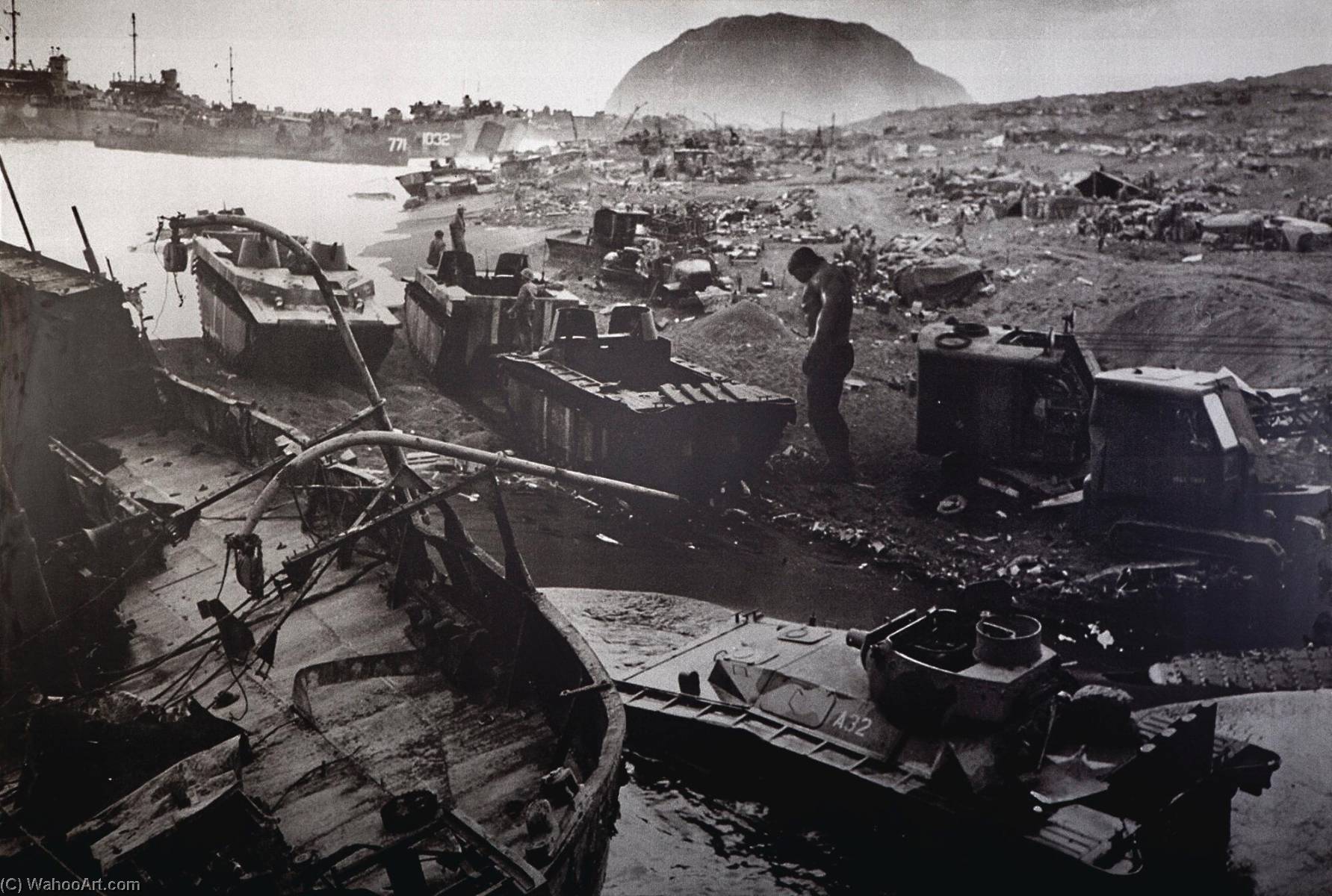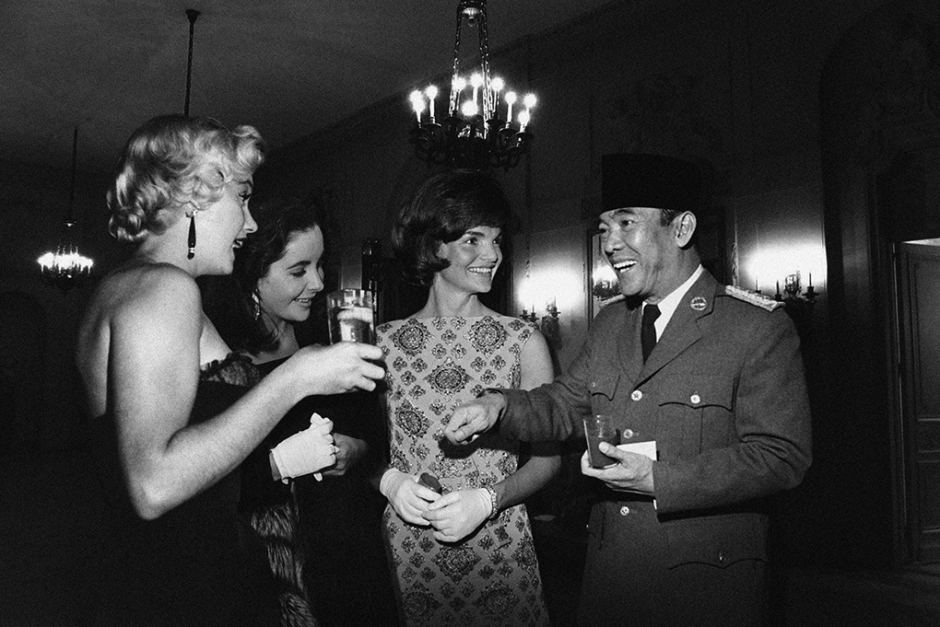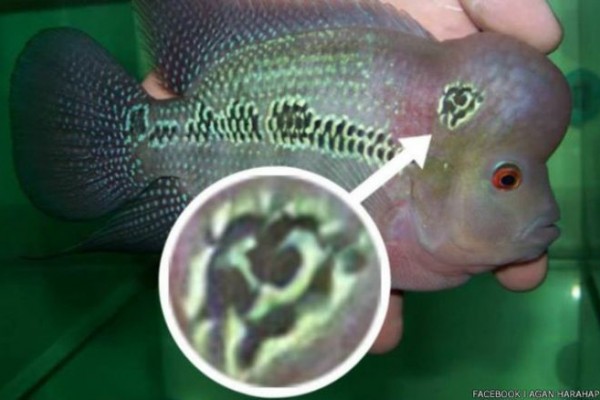The term “hoax” has only become popular in Indonesia in recent decades, along with the development of information technology. According to the definition by Craig Silverman, a hoax is a set of information that is intentionally misleading but is presented as truth. The information is structured so as to appear factual, causing confusion in the reader. In confusion, people will make weak, inconclusive, even wrong decisions.

One of Agan Harahap’s works in the Super History series sold at Sotheby’s Hong Kong auction house. This photo depicts the fictional character Hulk at the events of the battle at Iwo Jima.
The development of information technology in Indonesia has brought both benefits and drawbacks. A country that is widely separated by seas, forests and mountains, the dissemination of information in Indonesia relies upon digital technology. Social media has developed in Indonesia since 2002, starting with Friendster. Around 2006, printed newspapers and magazines in Indonesia began to be abandoned by their readers. This has caused mobile media companies to move to digital platforms, either through websites, social media, or smartphone applications. Since then, information from all over Indonesia can be accessed by anyone, anywhere. Along with this, hoaxes and hate speech have also gone viral.
With so many hoaxes circulating, people are required to have good analytical skills and an understanding of each piece of information they read. In Indonesia, news media actually play a role as a distributor of hoaxes. If so, who can the public trust?
Agan Harahap, a photographer and digital imaging expert, has said, “This is part of the artist’s job, capturing the phenomena that occur in his surroundings, pouring it out, so that it has a principle of benefit to the people around him.” Harahap started his career as a full-time artist in 2011 with photographic works. His photographs combined fantasy and reality, in a satiric parody of everyday life.
Harahap tried to express the issue of the crisis of trust that emerged as a result of the development of information technology in Indonesia. He conducted the experiment of distributing manipulated photographs on social media platforms, to see the public’s response. In doing so, he specifically stated that the images were manipulated.

The photographs went viral. Among the ones that did so was a photograph of Indonesia’s founding father, Soekarno, with Marilyn Monroe, Jackie Kennedy, and Elizabeth Taylor, and a photograph of a Flower Horn fish with scales in the hammer-and-sickle pattern of the Indonesian communist party in the 1960s.
The photograph of Soekarno and Marilyn Monroe circulated in the national news media with various titles. Most of them stated that Soekarno had a sexual attraction to Marilyn Monroe. This kind of headline was accepted by the public because Soekarno was known as a womaniser.
Through similar news stories, it can be concluded that the press was not doing proper research on the stories they wrote. The original photograph, an image of Soekarno visiting the United States in 1961, was combined with four photographs. Harahap made the manipulated photograph in 2013 to be exhibited at the Jakarta Biennale.

In the Flower Horn fish photo, Harahap took advantage of the public’s excessive fear of the Indonesian Communist Party, which had disbanded in 1965. In 2016, in the city of Yogyakarta, a shop was raided by the police for selling a T-shirt with a hammer-and-sickle design. The shop owner was accused of being pro-Communist. Harahap’s photograph of the Flower Horn fish was made in response to the incident, and the Indonesian people are still deceived by this hoax.
Harahap said he created the fake photographs to highlight the problem of untrustworthy internet content and poor digital literacy in Indonesia, and to warn social media users not to believe everything they see. He has said, “Because what makes an impact on social media, it affects real life, especially in religion and politics. That’s not okay. As an artist I think that I need to respond to this.”
References
Silverman, Craig. Journalism: A Tow/Knight Report. Lies, Damn Lies, and Viral Content. (Columbia Journalism Review, 2015).
Allcott, Hunt & Gentzkow, Matthew. Social Media and Fake News in the 2016 Election. (Journal of Economic Perspectives Vol 31, No. 2, Spring 2017).
Gumgum Gumilar, Justito Adiprasetio, Nunik Maharani. Literasi Media: Cerdas Menggunakan Media Sosial dalam Menanggulangi Berita Palsu (Hoax) oleh Siswa SMA. (Jurnal Pengabdian Kepada Masyarakat, 2017), 1 (1): 36.
Anang Sugeng Cahyono. Pengaruh Media Sosial Terhadap Perubahan Sosial Masyarakat di Indonesia. (Publiciana Vol.9 No.1, 2016).
Satria Kusuma. Posisi Media Cetak di Tengah Perkembangan Media Online di Indonesia. (Interact: Vol.5 No.1, 2016), 56-71.
Diaz Ramadhansyah is a freelance art director in Banten, Indonesia.
Diaz Ramadhansyah is a freelance art director in Banten, Indonesia.
